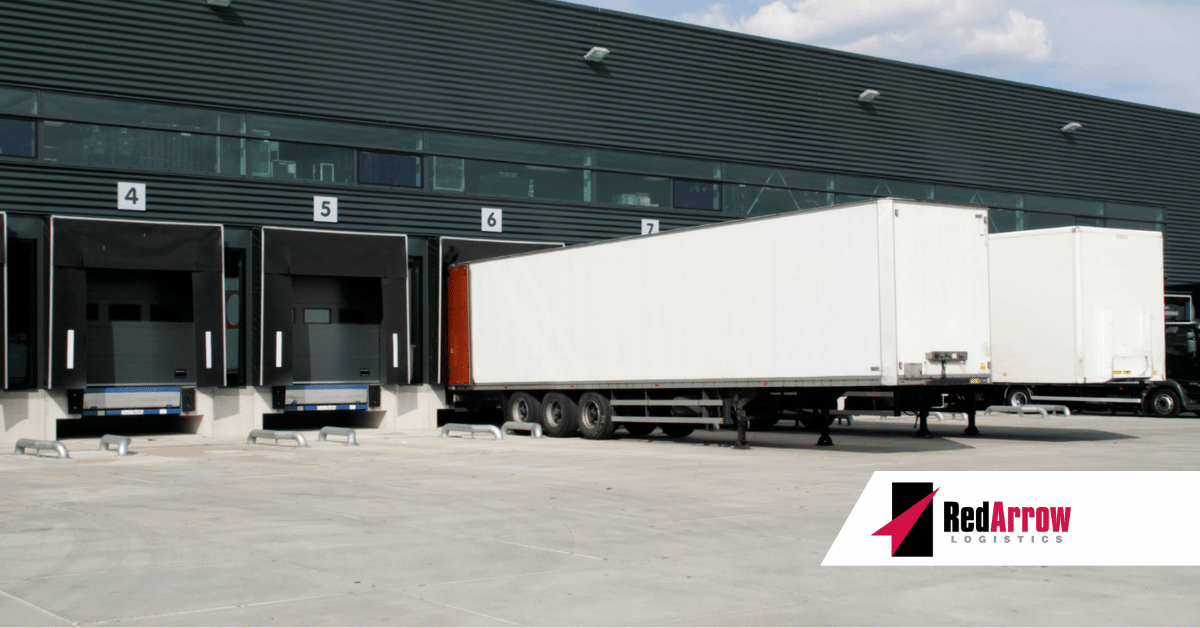In the fast-paced world of logistics, efficiency and speed are crucial. One highly effective solution that has gained prominence is cross-docking, a logistics practice designed to enhance supply chain operations and deliver superior service.
What is Cross-Docking?
Cross-docking involves distributing products from a supplier or manufacturing plant directly to customers or retail chains with minimal to no handling or storage time. This method eliminates the need for warehousing, as incoming goods are directly transferred from inbound to outbound transportation, effectively reducing storage time and expediting the distribution process.
How Does Cross-Docking Work?
In a typical cross-docking scenario, goods arrive at a docking terminal and are immediately sorted based on their final destination. They are then transferred directly from the inbound dock to the outbound dock, where they are loaded onto trucks for delivery. This process significantly reduces the time goods spend in the supply chain, ensuring faster delivery to the end customer.
Benefits of Cross-Docking
– Faster Turnaround Times: By bypassing the need for warehousing, cross-docking dramatically speeds up the distribution process. This ensures that products reach their destination faster, improving customer satisfaction and competitiveness.
– Reduced Storage Costs: Since goods are not stored for extended periods, companies can save on warehousing costs, including rent, utilities, and labor associated with inventory management.
– Enhanced Inventory Management: Cross-docking reduces the need for large inventories, allowing businesses to operate with a leaner supply chain. This minimizes the risks associated with overstocking and obsolescence.
– Improved Product Flow: The streamlined process ensures a smooth flow of products from suppliers to customers, reducing bottlenecks and increasing overall efficiency.
– Lower Transportation Costs: Consolidating shipments for outbound delivery can lead to fuller truckloads, optimizing transportation routes and reducing fuel and labor costs.
– Enhanced Product Quality: Minimizing the handling of goods reduces the chances of damage, ensuring that products reach their destination in optimal condition.
Applications of Cross-Docking
Cross-docking is particularly beneficial in industries where products have a short shelf life or are in high demand.
Common applications include:
- Retail: Large retail chains often use cross-docking to manage the flow of goods from suppliers to stores, ensuring shelves are stocked with minimal delay.
- Perishables: Industries dealing with perishable goods, such as food and pharmaceuticals, benefit from the expedited delivery times that cross-docking provides.
- Manufacturing: Manufacturers use cross-docking to streamline the distribution of raw materials and components to production lines, enhancing overall efficiency.
Cross-docking is a powerful logistics strategy that can significantly enhance supply chain efficiency and reduce distribution times. By streamlining the distribution process, businesses can stay competitive in today’s fast-paced market, ensuring products reach their destinations swiftly and cost-effectively.
Your Trusted Partner
For more information on optimizing your supply chain with cross-docking, consider reaching out to Red Arrow Logistics. Our commitment to leveraging innovative solutions like cross-docking ensures unparalleled service and support for your logistics needs.
Red Arrow offers the scale and scope of services including air, ocean, and ground transportation to meet the budget and schedule requirements of the largest and smallest companies alike. If we can be of assistance, please email us at info@redarrowlogistics.com or give us a call at 425-747-7914.





